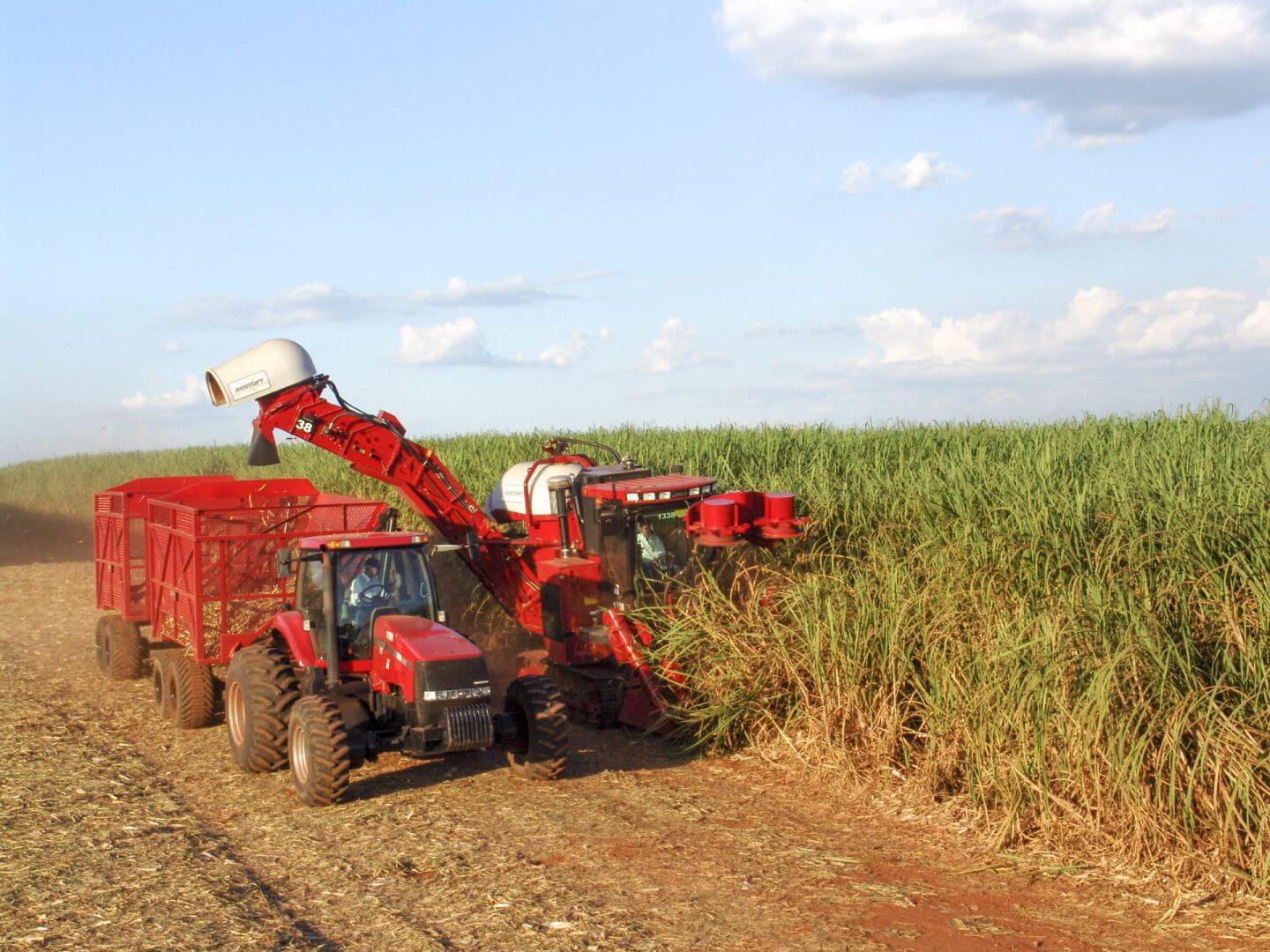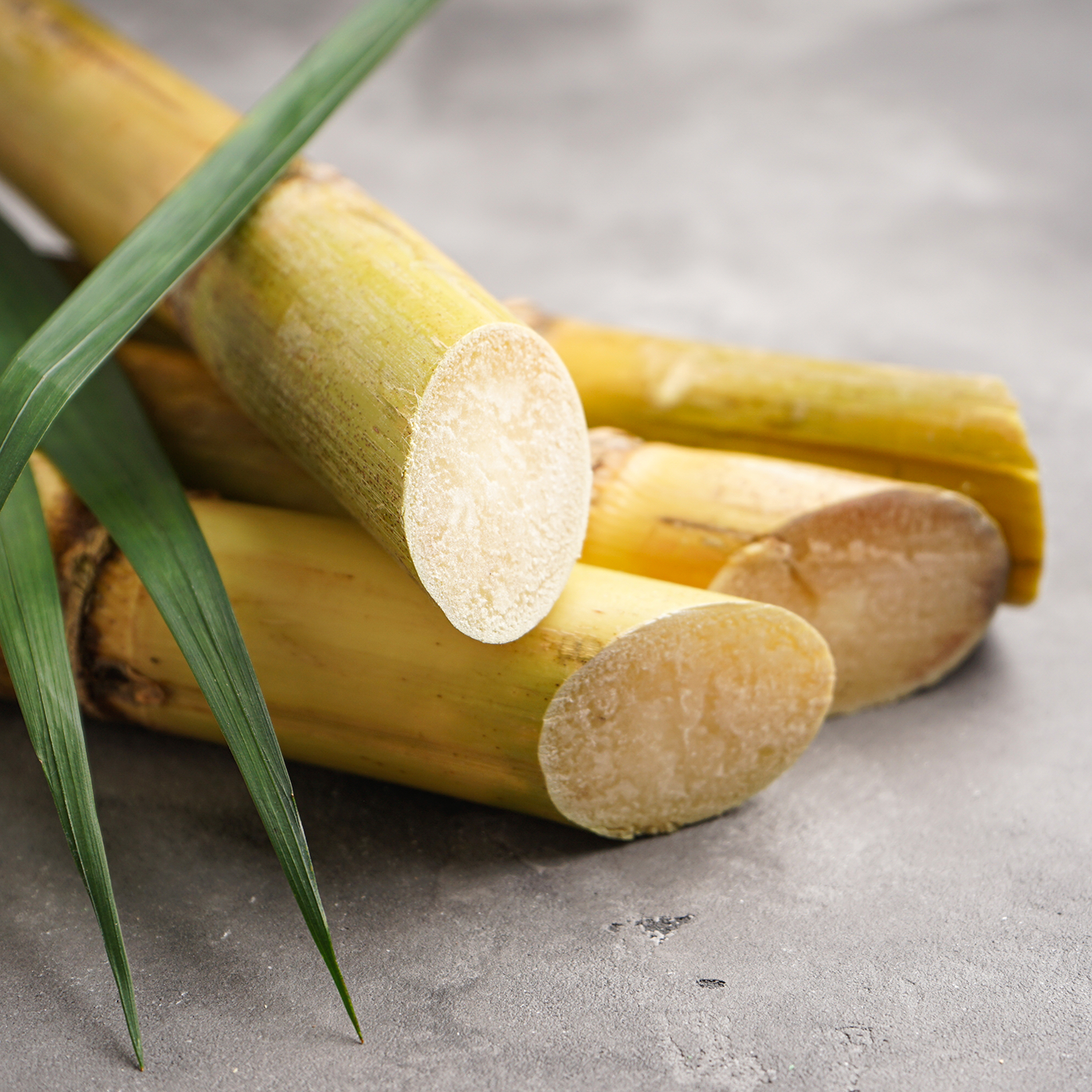Exploring the Full Line of Refine Chemicals: What Are Sugar Canes Utilized For in Manufacturing?
Sugar canes play a pivotal role in various making processes, functioning as a functional basic material. Their high sucrose material makes them necessary in the food market, while innovations in biofuels and biodegradable plastics highlight their prospective past standard usages. Furthermore, sugar walking cane extracts are obtaining recognition in pharmaceuticals and nutraceuticals for their wellness advantages. The diverse applications of sugar canes elevate appealing inquiries about their future in industrial sectors. What opportunities lie ahead?

The Journey of Sugar Cane: From Field to Factory
As the sun rises over vast fields, the journey of sugar cane begins, noted by thorough farming and collecting procedures. Farmers pick perfect varieties, guaranteeing robust growth in ideal environments. Normal watering and nutrient administration are important, promoting healthy and balanced stalks rich in sucrose. When mature, the walking cane is harvested, commonly utilizing mechanical cutters that effectively gather the stalks.Once collected, the sugar walking stick is transferred to processing facilities where it undertakes washing and milling to remove juice. This juice is then made clear, getting rid of contaminations via sedimentation and filtering. The clear liquid is concentrated by dissipation, and consequently taken shape to create raw sugar.Throughout this journey, quality assurance is extremely important, guaranteeing that the end product satisfies sector standards. The transformation of sugar walking cane into raw sugar shows an intricate interaction of agriculture and production, setting the phase for its diverse applications in numerous industries.
Biofuels: Harnessing Power From Sugar Cane
A significant portion of the globe's biofuel manufacturing is stemmed from sugar walking stick, which serves as a renewable power source. This versatile crop is largely processed to remove sucrose, which can be fermented to produce ethanol. Ethanol stemmed from sugar walking cane is not only a clean-burning fuel option however likewise adds to minimizing greenhouse gas discharges contrasted to typical nonrenewable fuel sources. In nations like Brazil, sugar walking stick biofuel has become a substantial component of the energy matrix, reducing and powering automobiles dependence on imported oil. The farming of sugar walking cane for biofuels likewise sustains rural economic climates, giving tasks in farming and handling. Additionally, the byproducts of sugar walking cane processing, such as bagasse, are made use of in energy generation, further enhancing the sustainability of the manufacturing cycle. In general, sugar cane biofuels represent an encouraging opportunity for accomplishing power self-reliance while fostering environmental stewardship.
Eco-friendly Plastics: The Lasting Solution
What if the solution to the global plastic situation exists in naturally degradable alternatives? Biodegradable plastics, originated from sustainable resources such as sugar walking canes, present a cutting-edge strategy to reducing plastic waste. Unlike conventional plastics, which can take centuries to decompose, these environmentally friendly materials break down naturally, lessening ecological impact.The production of biodegradable plastics includes making use of sugars from sugar canes to develop polylactic acid (PLA) and other biopolymers. These products maintain comparable performance to standard plastics, making them ideal for various applications, consisting of product packaging, tools, and agricultural films.As consumers and industries shift toward sustainability, biodegradable plastics supply a compelling option. They not only lower reliance on fossil gas yet additionally important link sustain a circular economic climate by returning to the earth without leaving damaging residues. The increasing need for such products signifies a considerable step toward addressing the pushing demand for even more sustainable production remedies when faced with ecological obstacles.
Sugar Walking Stick Removes in Nutraceuticals and pharmaceuticals

The Future of Sugar Walking Stick in Industrial Applications
As sectors remain to seek eco-friendly and lasting sources, sugar cane is positioned to play a critical duty in various commercial applications beyond its standard use in sugar production. Its biomass offers a renewable resource for biofuels, reducing dependence on fossil fuels and contributing to reduced carbon emissions. Furthermore, sugar walking stick's by-products, such as bagasse and molasses, are being checked out for their capacity official site in bioplastics and biodegradable materials, resolving the expanding need for ecologically friendly packaging solutions.Research is also underway to boost the effectiveness of sugar cane derivatives in different sectors, including fabrics, cosmetics, and construction. By utilizing the one-of-a-kind properties of sugar cane, producers can produce cutting-edge products that line up with consumer preferences for sustainability. As technology advances, the adaptability of sugar walking stick will likely broaden, solidifying its position as a principal in the shift toward an extra lasting industrial landscape.

Regularly Asked Concerns
What Is the Refine of Refining Sugar Walking Cane Into Sugar?
The procedure of refining sugar cane right into sugar entails harvesting, squashing to remove juice, clearing up the juice, evaporating water, taking shape sugar, and finally drying and packaging the fine-tuned product for circulation and intake. (What Are Sugar Canes Used For)
How Does Sugar Cane Impact Local Economies?
Sugar walking cane substantially affects regional economies by producing tasks, enhancing farming production, and creating profits through exports. Its cultivation sustains tiny farmers and local businesses, promoting neighborhood growth and enhancing total economic security in sugar-producing regions.
Exist Any Ecological Interest In Sugar Cane Farming?
Ecological problems associated with sugar walking cane farming consist of deforestation, dirt destruction, water usage, and pesticide drainage (What Are Sugar Canes Used For). These issues effect neighborhood environments and add to climate adjustment, prompting require even more lasting farming methods within the market
What Are the Nutritional Conveniences of Sugar Cane?
The nutritional benefits of sugar walking cane include its abundant content of anti-oxidants, vitamins, and minerals. It gives all-natural power, sustains hydration, and might help food digestion, adding favorably to general health and wellness when eaten in small amounts.
Just How Does Sugar Walking Cane Contrast to Other Crops in Sustainability?
Sugar walking cane shows higher sustainability contrasted to lots of crops due to its reliable use of land and water sources, capability to produce biofuels, and potential for carbon sequestration, adding positively to ecological health and wellness and agricultural techniques. When mature, the cane is collected, frequently making use of mechanical cutters that effectively gather the stalks.Once gathered, the sugar cane is delivered to refining facilities where it undergoes crushing and washing to remove juice. Unlike traditional plastics, which can take centuries to decompose, these green materials damage down naturally, reducing ecological impact.The production of naturally degradable plastics entails using sugars from sugar canes to develop polylactic acid (PLA) and various other biopolymers. Usually recognized for their duty in sugar production, sugar walking stick extracts are progressively discovering applications in the nutraceutical and pharmaceutical sectors. As industries continue to seek lasting and eco-friendly resources, sugar walking stick is poised to play an essential role in various commercial applications past its conventional use in sugar manufacturing. Furthermore, sugar walking visit homepage cane's by-products, such as bagasse and molasses, are being checked out for their capacity in bioplastics and eco-friendly products, addressing the growing demand for environmentally pleasant product packaging solutions.Research is likewise underway to improve the efficiency of sugar cane derivatives in different fields, consisting of fabrics, cosmetics, and building and construction.